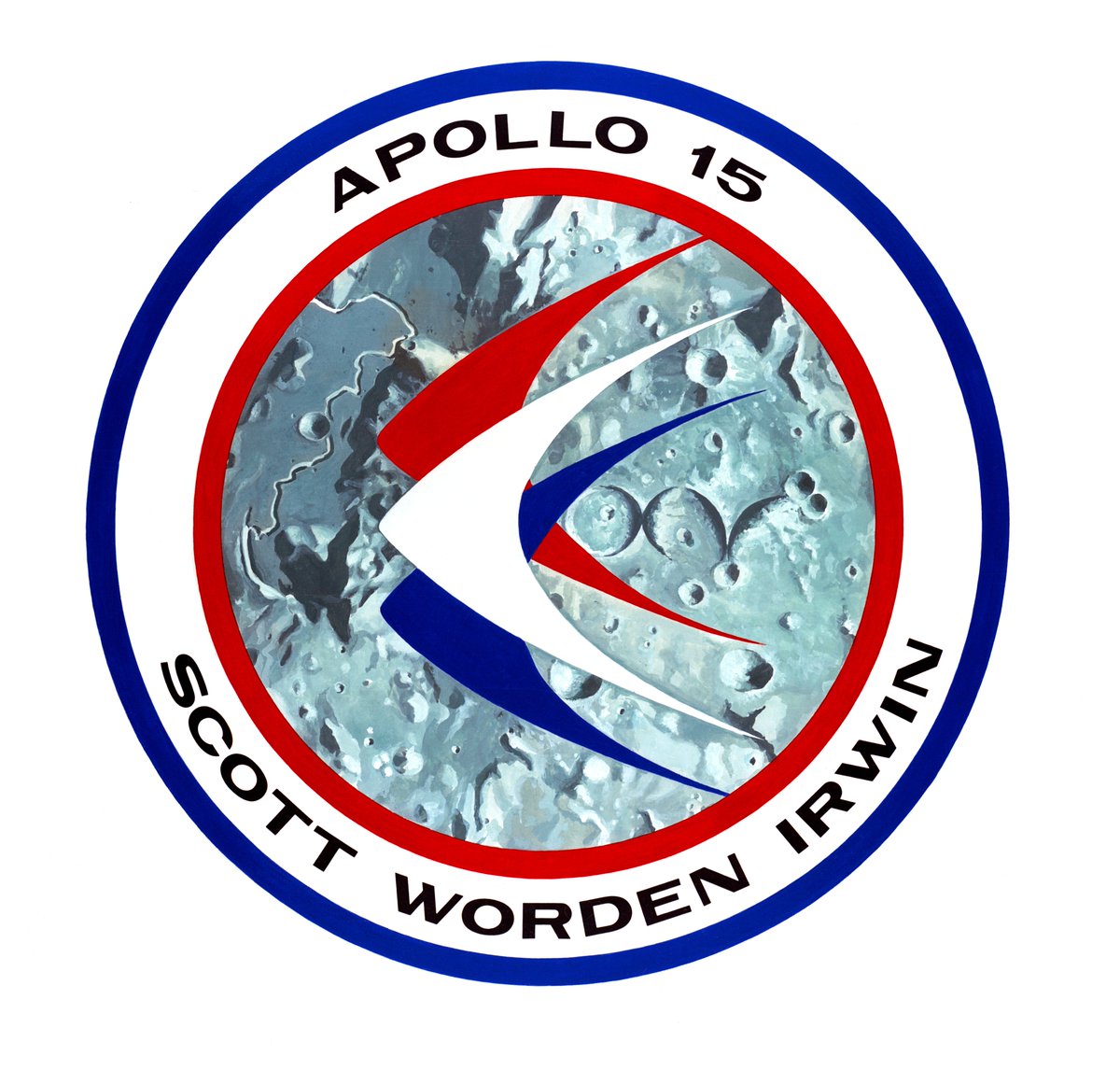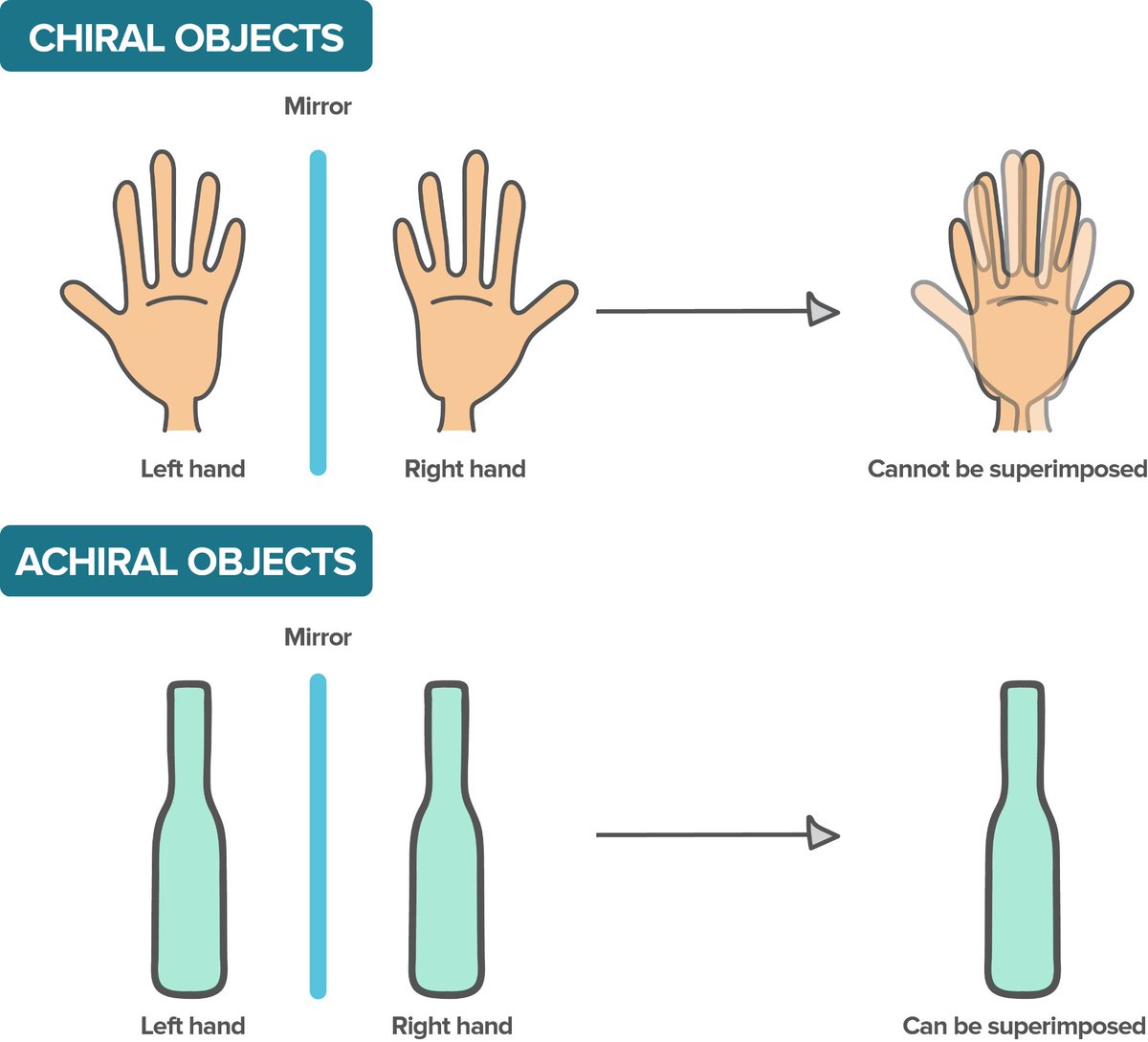Today I want to talk about the intersections between Indigenous people and space industry.
First, some definitional stuff. I am not using Indigenous as a simple adjective here - the common meaning is 'originating or occurring naturally in a particular place".
In the context of global history, Indigenous people were the landowners when European invaders arrived in their countries from the 1400s onwards.
In many cases Indigenous people did not practice agriculture as understood by Europeans, and had complex systems of land management; hence they were deemed to be 'nomadic' and to have no tenure. Their land could be taken.
Add to this mix a version of Darwin's theory of evolution known as social Darwinism, where non-white people who used stone tools were argued to be lower on the evolutionary scale from 'primitive' to 'civilised' - so conquest was for their own good.
It was very common in the 19th and 20th century for European colonisers to think that Indigenous people were doomed to die and disappear because evolution dictated that the fittest would survive.
Introduced diseases, frontier violence and genocide of course had nothing to do with it. It's quite jaw-dropping to read some of this stuff today. I'm simplifying, but this is the core of it.
My first career was as a heritage consultant working mainly with Aboriginal heritage in Australia. Basically, when developments such as mining were taking place, heritage consultants were called in to assist the developer in complying with heritage legislation.
All states have legislation under which it is an offence to damage or destroy Indigenous heritage without a permit. Often this work is part of a large environmental impact study.
The archaeologists would go into the field with members of the relevant Aboriginal community, and consult with them about the significance of the sites located before making recommendations to the developer.
One thing I learnt from this work is that there are almost always traditional owners or custodians of country - even when their ancestors and families had been split up, forced off their or country, or massacred under European colonial policy.
This isn't something that happened in the far distant past. This is people's parents and grandparents. In Queensland, I knew a senior man who had survived a massacre by hiding when he was a little boy.
When I started researching Australia's space history, the Woomera rocket range was a big focus - one of the oldest rocket launch sites in the world.
What do you need for a rocket launch site? Well, predictable dry weather is a good thing. So is political stability - which isn't always the case. A big, big stretch of space that you can secure is another critical element.
Rockets can blow up - on the launch pad, or in flight. They can come crashing down when things go wrong. So the other key element to the big stretch of space is no cities or dense populations, for safety reasons.
Many launch sites are located so that the launch path is over the sea. This makes some problems for recovery of the rockets though.
In the early space era after the Second World War, the US, USSR, Britain and France were all looking to build on German V2 rocket technology for intercontinental ballistic missiles. #ColdWar #rockets
The problem for France and Britain was their dense population, and in the case of Britain, small size. Where could you safely launch rockets over 100s of kilometres without endangering people and infrastructure?
The answer: in the colonies. The UK considered Canada and Australia. Australia was very keen to cooperate with weapons development, because the UK had basically abandoned Australia to Japanese invasion in WW II.
A common conception of Australia relates to the concept of the 'outback'. The 'red centre' was held to be arid, remote and empty. No-one lived there. You could blast all the rockets you liked.
When I started to read these accounts of the establishment of #Woomera in South Australia, coming from my background in Indigenous heritage, I knew this could not be true. I knew there had to be more to it than just 'empty land'.
All of the land being eyed off for this new rocket range was Aboriginal country. This map (David Horton, via AIATSIS) shows you the Traditional Owners of what is now South Australia. 

Why did the Australian and UK Departments of Supply (who were responsible for weapons) think this was empty land, 'made for rockets' as Australian author Ivan Southall wrote? Where were all the people?
This might have been desert, but this didn't mean it was dry or inhospitable - until Europeans introduced rabbits and hard-hoofed cattle and sheep which wrecked the environment.
This is where the people went. Some died in the advance of introduced European diseases like smallpox and influenza. Some were massacred. Others were corralled into Christian missions, or gravitated to the coast where there was more work.
A couple of severe droughts in the last 20 years had also driven Aboriginal people to the coast. None of this background was of interest to the governments. They started planning the rocket range. There was no native title or requirement to negotiate with traditional owners.
But people were paying attention. A bunch of them were appalled, so soon after the end of such a destructive war including the deployment of atomic bombs, that the Australian government was leaping straight into weapons development.
Others thought it was pretty rough that the government pushed Aboriginal people into missions and marginal lands, and then wanted to take even these away because it suddenly became valuable.
A huge nationwide protest was mobilised which involved the Communist Party of Australia, trade unions, the Women's Christian Temperance Union, MPs, the general public, and even more importantly, some of the first Aboriginal-led activist organisations.
One of these was the Aborigines Advancement League, originally founded in 1933 by Yorta Yorta man William Cooper, Eric Onus, Margaret Tucker and many others. Here is more about William Cooper's extraordinary life. en.wikipedia.org/wiki/William_C…
The Aborigines Advancement League, led by Doug Nicholls (Cooper's nephew), Bill Onus, and Eric Onus, played a significant role in the protests against Woomera. In 1947, 1300 people gathered at Melbourne Town Hall where Bill Onus addressed the crowd.
This is the poster advertising the Town Hall meeting (courtesy of State Library of South Australia). 

Hundred and hundreds of people signed a petition to stop the rocket range. The full petition is in the National Archives of Australia and is digitised - I'd post it but I can't find it!
Doug Nicholls also led an extraordinary life, going on to become Governor of South Australia in 1976 - the only Aboriginal person to hold such a position. You can read more about him in the National Dictionary of Biography. adb.anu.edu.au/biography/nich…
Needless to say, all of this protest was to no avail. Many of the activists were put under surveillance as communists. The construction of the Woomera rocket range continued despite the opposition.
Some said this would be a great opportunity for Aboriginal people - there would be lots of jobs available. But this didn't happen. One man was employed in the fire brigade. Apart from that, the only people who got a look in were 'half-caste' women employed as domestic servants.
In those days, Aboriginal people were trained to be domestics or labourers. It was assumed they were capable of nothing more. As far as the Australian government was concerned, they were part of the 'Stone Age' and had no place in the "Space Age'.
'From the Stone Age to the Space Age'. Let's think about that a bit more. It's a frequently-used expression to indicate 'progress' in human technology. Stone tools evolve into rockets.
Stone tools are the past, space is the future. This takes us right back to that social Darwinist world view, where technologically more 'advanced' societies almost have a moral obligation to extinguish Indigenous cultures.
As it happens, stone tools were my specialisation when I was a regular archaeologist, so you can bet I have some opinions on this one! The first thing is that stone tool manufacture is a very sophisticated technology - the most successful in human history.
This article explains a bit about why we have to rethink the concept of 'Stone Age' as it is used in common parlance. theconversation.com/australian-arc…
Out on the Woomera rocket range, there are thousands and thousands of stone tools, engraved rock art sites, and much more. Aboriginal people have been living here for at least 50, 000 years.
Well millions, probably. But if you look at this place as an archaeological landscape, the Space Age did not supplant the 'Stone Age'. Aboriginal people didn't just magically vanish once the first rocket was launched. They were still there.
This is a cultural landscape shaped by the historical processes of colonialism. All is present on the surface. You can't separate the Aboriginal experience of Woomera from the development of space technology in this place.
The heritage significance of #Woomera has to take the views of Indigenous stakeholders into account. It's a complex, entangled story, not a linear progression.
I'm continuing this topic on another thread, starting here:
https://twitter.com/People_Of_Space/status/1166848457589452801?s=20
• • •
Missing some Tweet in this thread? You can try to
force a refresh













